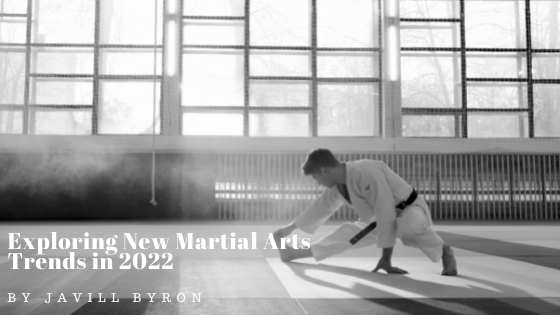The martial arts encompass a wide array of fields and techniques. While some practitioners study the martial arts for self-defense, many also enjoy them as a part of their daily fitness routine. As with other disciplines, martial arts training has changed drastically following the COVID-19 pandemic. In examining these new martial trends, it is important to remember that these innovations will have positive effects on the martial arts, changing how students practice the discipline and opening martial arts training to first-time learners.
Martial Arts Training is More Than Just Punching and Kicking
Until recently, when students walked into their local dojo or boxing gym, they would spend a few minutes on warm-up exercises before diving into kicking and punching drills. Martial arts instructors have recently chosen to include strength and conditioning training in their curriculum. As explained by Dan Cohen, a program director with BODYCOMBAT, strength and conditioning exercises like hill sprints and tire flipping augment martial arts training. Particularly useful in mixed martial arts styles, Cohen says that these types of exercises make your combat routines safer and more effective.
Rise of Interactive and Streaming Training Regimens
As with other types of classes, martial arts schools have moved online since the pandemic. Instead of hampering martial arts training, Cohen says that the pandemic has revolutionized the field. In addition to offering martial arts training on demand through streaming services, the availability of at-home martial arts training has allowed instructors to explore new techniques that vastly improve combat routines. Specifically, Cohen says that martial arts training is now examining the benefits of conditioning muscles in the posterior part of the body for stronger punches and kicks.
Accelerometers worn on the wrists can also help instructors teach their students how to master punching routines. This new technology enables students to know the force of their strikes and can even allow instructors to correct a student’s punching style without being in the same room. Soon, the technology will even allow practitioners to engage in virtual sparring sessions with fighters from around the world.
Martial Arts Schools Are Becoming More Aesthetically Pleasing
While online learning might be front and center in the future of martial arts, schools and gyms are becoming more concerned with their outward appearance. While boxing gyms used to appear gruff and barebones, modern gyms are now embracing an almost spa-like aesthetic. The change in appearance is intended to make martial arts training less intimidating and more inclusive for people who might not typically be attracted to combat sports.

